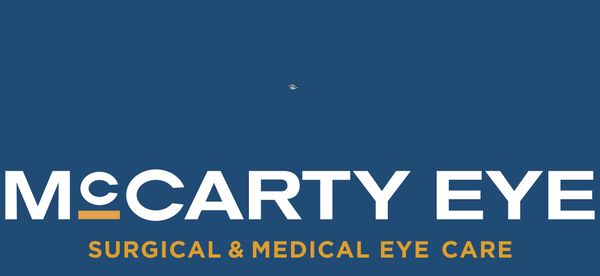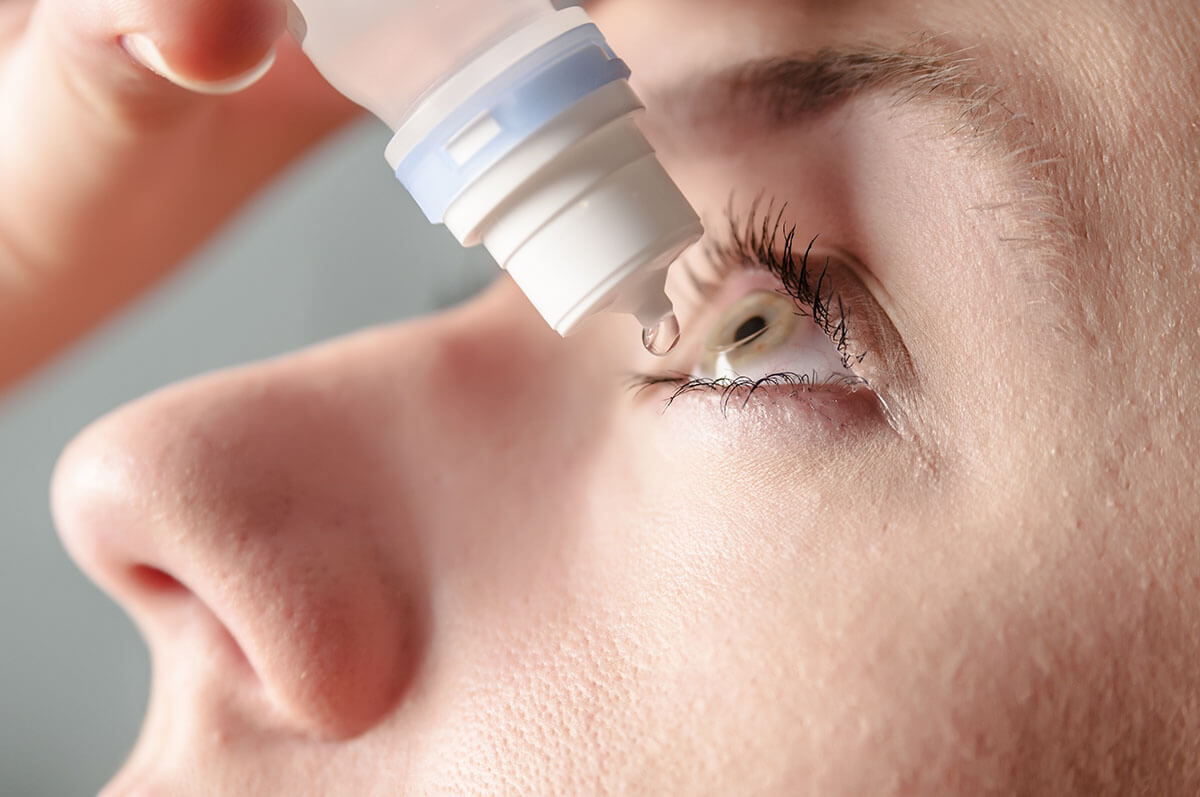Nutritional & Medical Options
Other nutritional and medical options exists as well including omega 3 fatty acids. The anti-inflammatory properties of omega 3 fatty acids have been shown in multiple anecdotal studies to provide relief for many patients with dry eye. Adding these to your supplement regimen or making sure you are eating a healthy amount of omega 3 fatty acids in your diet may be of some benefit.
Vital Tears® are eye drops made from a patient’s own blood. The serum in blood more closely mimics natural tears than artificial tears. Use of serum eye drops can reduce the ocular surface inflammation and provide better relief from symptoms in patients with moderate to severe dry eye.
Prokera® is a combination medical device used by eye doctors around the world for anti-inflammation, anti-scarring and promoting healing of damaged eye surfaces. It is made from amniotic membrane which has natural anti-inflammatory and into-scarring properties. It can provide quick symptom relief and reduce inflammation associated with many ocular surface diseases including dry eye.
Amniotic membrane is part of the placenta. It’s therapeutic action to decrease inflammation can be very helpful with moderate to severe dry eye flare-ups or to heal dry eye ocular surface damage prior to cataract surgery making the surgery more successful and more comfortable in the recovery period.




